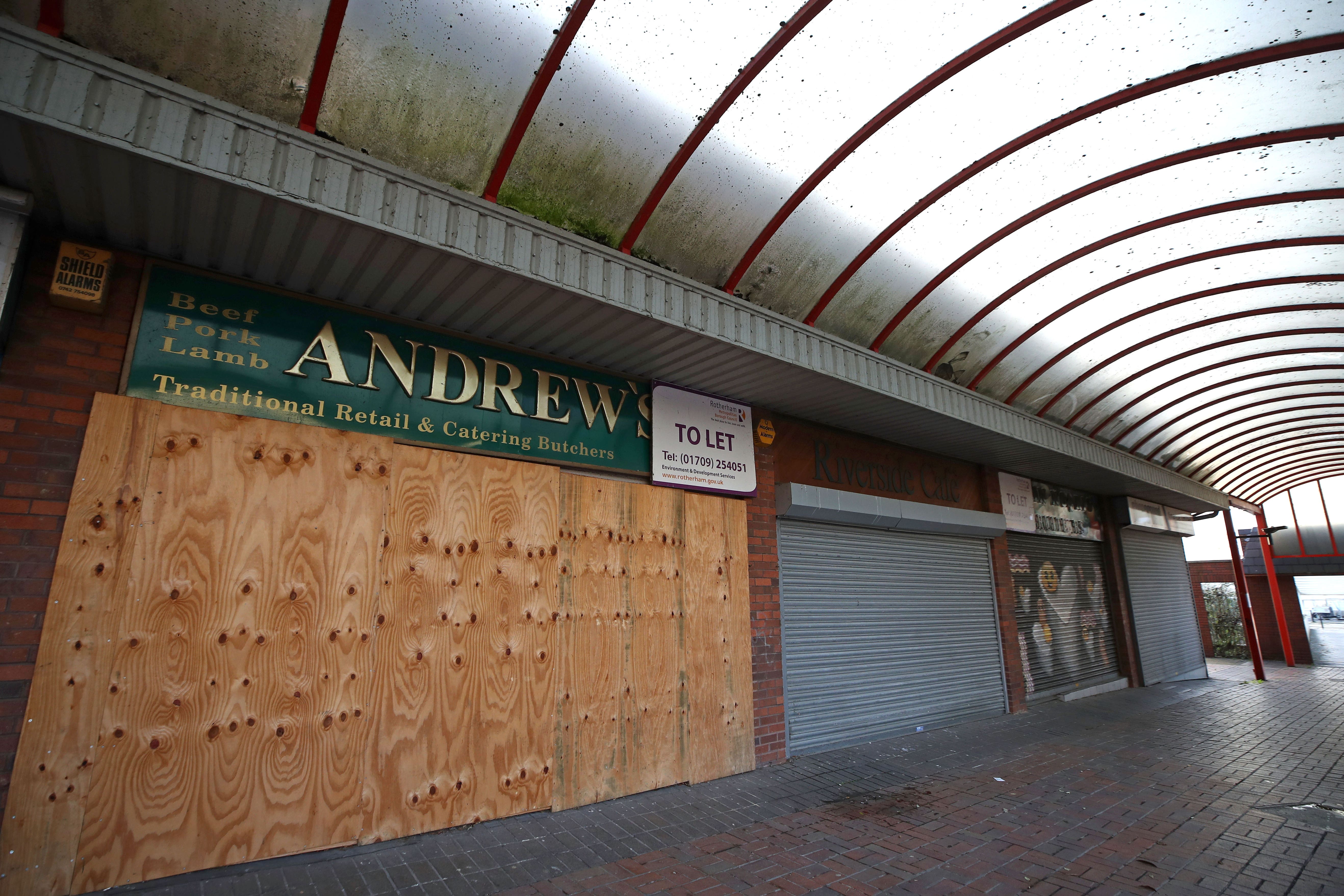Shop vacancies fall amid increasing tourism and return to the office
The overall vacancy rate improved to 13.8% in the fourth quarter of 2022 – 0.6 percentage points better than a year previously.

Your support helps us to tell the story
From reproductive rights to climate change to Big Tech, The Independent is on the ground when the story is developing. Whether it's investigating the financials of Elon Musk's pro-Trump PAC or producing our latest documentary, 'The A Word', which shines a light on the American women fighting for reproductive rights, we know how important it is to parse out the facts from the messaging.
At such a critical moment in US history, we need reporters on the ground. Your donation allows us to keep sending journalists to speak to both sides of the story.
The Independent is trusted by Americans across the entire political spectrum. And unlike many other quality news outlets, we choose not to lock Americans out of our reporting and analysis with paywalls. We believe quality journalism should be available to everyone, paid for by those who can afford it.
Your support makes all the difference.Shoppers saw fewer empty stores last year – particularly in the second half – as international tourist visits increased and the return to the office picked up, figures show.
The overall vacancy rate improved to 13.8% in the fourth quarter of 2022 – 0.1 percentage points better than the previous quarter and 0.6 points up on the same period a year earlier, according to the British Retail Consortium (BRC) and Local Data Company (LDC) Vacancy Monitor.
Shopping centres saw a quarterly improvement to 18.2%, down from 18.8%, while high street vacancies improved to 13.8% from 13.9% and retail parks enjoyed a 0.7 percentage point reduction in empty stores.
Greater London, the South East and East of England had the lowest vacancy rates, while the highest were in the North East, followed by Wales and the West Midlands.
The situation should improve in the second half of the year, as inflationary pressures begin to ease and consumer confidence is expected to return
BRC chief executive Helen Dickinson said: “Retail occupancy was boosted by the return of international tourists visiting UK towns and cities and more frequent visits to offices.
“These trends have given many retailers the confidence to invest in repurposing and reopening empty units.
“The first half of 2023 will likely be yet another challenging time for retailers and their customers. There are few signs that retailers’ input costs will ease, putting further pressure on margins, and making businesses think twice on how much investment to make.
“However, the situation should improve in the second half of the year, as inflationary pressures begin to ease and consumer confidence is expected to return.”
LDC commercial director Lucy Stainton said: “With vacancy rates being such a good barometer of the overall health of the physical retail and leisure landscape, it’s really positive to see the number of empty units at a Great Britain level continuing to fall since they peaked mid-pandemic.
“Retail parks continue to outperform other location types which is perhaps an indication that some of those shopping habits formed during the height of Covid are sticking – with consumers favouring these drive-to locations and larger format units.”
Subscribe to Independent Premium to bookmark this article
Want to bookmark your favourite articles and stories to read or reference later? Start your Independent Premium subscription today.